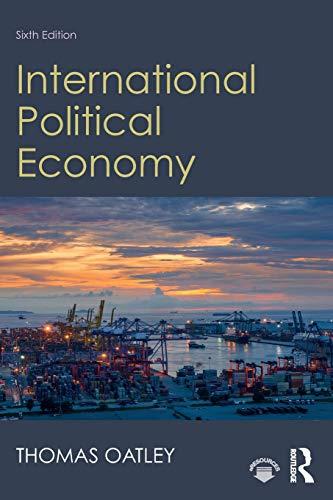Question
Infinite Life (IL) and Permanent Assurance (PA) are Cournot duopolists in the life insurance industry with demand Q = 9,100 - 5Q, where Q is
Infinite Life (IL) and Permanent Assurance (PA) are Cournot duopolists in the life insurance industry with demand Q = 9,100 - 5Q, where Q is the combined number of policies sold by both firms. The marginal cost of servicing a policy over its duration is $500. What is the highest price Infinite Life would be willing to pay to acquire Permanent Assurance, and what is the minimum Permanent Assurance would accept? A. Infinite Life offers up to $915,000. Permanent Assurance demands at least $1,500,000. B. Infinite Life offers up to $1,188,000. Permanent Assurance demands at least $924,000. C. Infinite Life offers up to $1,412,000. Permanent Assurance demands at least $1,036,000. D.Infinite Life offers up to $1,625,000. Permanent Assurance demands at least $1,625,000.
The Puritan Wellness Hotel sits next to natural springs from which the local firm Refectio Deorum (RD) bottles mineral water. Guests of the Puritan can bathe in the springs, and are charged for the privilege. The inverse demand function is P = 50 - Q, where Q is the number of daily bathers who purchase the pass to the springs. The Puritan incurs no costs when its guests use the springs, but every bather adds $20 in daily filtering expenses for RD. In response to a complaint from RD, the county's economic development board decided to regulate the use of the springs. When the board asked RD how much expense it incurs from each bather, RD reported its cost correctly to be $20. But the Puritan was not honest and claimed that its demand is P = 80 - Q. If the board believes these claims and regulates accordingly (either imposes a $20 tax per bather, or imposes a limit of 25 bathers), which of the following is correct? A. If the board limits the number of bathers, the social value (profit, less the externality) is the same as when it imposes the tax. B. If the board limits the number of bathers, the social value (profit, less the externality) is greater by $50 per day than if it imposes the tax. C. If the board imposes the tax, the social value (profit, less the externality) is greater by $80 per day than if it limits the number of bathers. D. If the board imposes the tax, the social value (profit, less the externality) is greater by $100 per day than if it limits the number of bathers.
Step by Step Solution
There are 3 Steps involved in it
Step: 1

Get Instant Access to Expert-Tailored Solutions
See step-by-step solutions with expert insights and AI powered tools for academic success
Step: 2

Step: 3

Ace Your Homework with AI
Get the answers you need in no time with our AI-driven, step-by-step assistance
Get Started


